Introduction
In the vast culinary landscape of China, regional dishes offer a diverse tapestry of flavors, textures, and cooking techniques. Among these, the humble yet comforting Pork and Chinese Cabbage Stew with Vermicelli Noodles, often abbreviated as “Bai Cai Rou Dun Fen Tiao,” stands out as a beloved staple in many households. This hearty dish combines tender pork, crisp-tender cabbage, and silky vermicelli noodles in a rich, savory broth, making it perfect for cold winter nights or any time you crave a warm, nourishing meal.
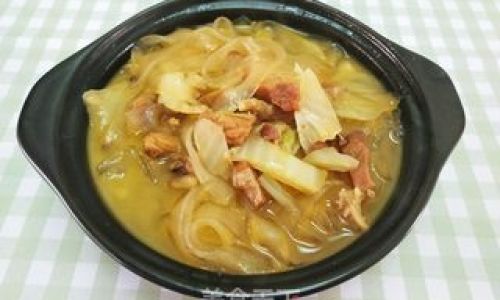
While the exact origins of this dish may be difficult to trace, it embodies the essence of Chinese home cooking: simple ingredients meticulously prepared to create a dish far greater than the sum of its parts. In this article, we’ll walk you through the step-by-step process of making Pork and Chinese Cabbage Stew with Vermicelli Noodles, ensuring that you can recreate this deliciousness in your own kitchen.
Ingredients
Before diving into the cooking process, let’s gather all the necessary ingredients:
- Pork Shoulder or Belly (about 500g): For its rich flavor and tender texture when slow-cooked.
- Chinese Cabbage (1 large head): Also known as Napa cabbage, it adds a crisp sweetness and a touch of green to the stew.
- Vermicelli Noodles (200g): Thin rice noodles that absorb the broth beautifully, creating a delightful contrast in texture.
- Fresh Ginger (a small piece, about 2 inches): For its aromatic, slightly spicy flavor.
- Garlic (4-5 cloves): Essential for building a flavorful base.
- Scallions (2-3 stalks): For garnishing, adding a fresh oniony flavor.
- Soy Sauce (3 tablespoons): For seasoning and color.
- Dark Soy Sauce (1 tablespoon): Adds depth and a glossy finish to the broth.
- Shaoxing Wine (2 tablespoons): Optional but recommended for its unique, slightly sweet aroma.
- Sesame Oil (1 teaspoon): For a nutty, fragrant touch.
- Salt (to taste)
- White Pepper (to taste)
- Vegetable Oil (2 tablespoons)
- Water or Chicken/Pork Broth (enough to cover the pork and vegetables)
Instructions
Step 1: Preparing the Pork
-
Cleaning and Cutting: Begin by rinsing the pork thoroughly under cold running water. Pat it dry with paper towels. Cut the pork into bite-sized cubes or thick slices, depending on your preference.
-
Marinating (Optional): While not traditional, you can marinate the pork pieces with a mixture of 1 tablespoon soy sauce, 1 teaspoon sesame oil, and a pinch of white pepper for 30 minutes to enhance flavor.
Step 2: Preparing the Vegetables
-
Chinese Cabbage: Slice the cabbage into bite-sized pieces, separating the white stems from the green leaves if desired. The stems take longer to cook and can be added first.
-
Ginger and Garlic: Peel the ginger and slice it into thin matchsticks. Mince the garlic cloves finely.
-
Scallions: Trim the ends and slice the scallions thinly on the diagonal for garnishing.
Step 3: Cooking the Pork
-
Heating the Pan: Place a large pot or wok over medium-high heat and add the vegetable oil.
-
Browning the Pork: Once the oil is hot, add the pork pieces in a single layer, ensuring they don’t overlap. Sear them until they turn golden brown on all sides, about 5-7 minutes. This locks in juices and adds a delicious caramelized flavor.
-
Adding Aromatics: Remove the pork pieces temporarily and set them aside. In the same pot, add the sliced ginger and minced garlic. Stir-fry until fragrant, about 30 seconds to 1 minute.
Step 4: Simmering the Stew
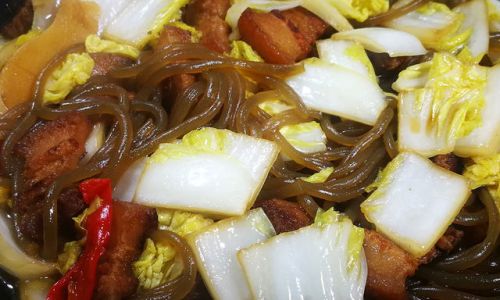
-
Returning the Pork: Add the browned pork pieces back into the pot. Pour in enough water or broth to fully submerge the pork.
-
Seasoning: Add the soy sauce, dark soy sauce, Shaoxing wine (if using), and a pinch of salt. Stir well to combine.
-
Simmering: Bring the mixture to a boil, then reduce the heat to low. Cover the pot and let it simmer gently for about 45 minutes to an hour, or until the pork is tender and flavorful.
Step 5: Adding the Cabbage and Noodles
-
Adding the Cabbage: After the pork has cooked for about 45 minutes, add the sliced cabbage stems (if separated) to the pot. Let them cook for about 5 minutes before adding the leaves.
-
Cooking the Noodles: While the cabbage is cooking, prepare the vermicelli noodles according to package instructions, usually by soaking them in hot water until they are al dente. Drain and set aside.
-
Combining Everything: Once the cabbage is tender, gently fold in the cooked vermicelli noodles. Let the stew simmer for another 5 minutes, allowing the noodles to absorb some of the broth.
Step 6: Final Seasoning and Serving
-
Taste and Adjust: Taste the stew and adjust the seasoning with additional salt and white pepper if needed.
-
Garnishing: Ladle the stew into bowls and garnish with sliced scallions. A drizzle of sesame oil on top can also enhance the flavor.
-
Serving: Serve hot, ideally with a side of steamed rice or your favorite buns to soak up the delicious broth.
Conclusion
Making Pork and Chinese Cabbage Stew with Vermicelli Noodles is a rewarding culinary endeavor that brings together the comfort of home cooking with the depth of Chinese flavors. This dish is not only nutritious and filling but also versatile, allowing for personal touches like adding tofu for a vegetarian option or incorporating other vegetables like carrots or mushrooms for added color and texture.
As you savor each bite, let the harmonious blend of tender pork, crisp cabbage, and silky noodles transport you to the heart of Chinese culinary tradition. Whether you’re cooking for a family dinner, hosting friends, or simply treating yourself, this stew promises to deliver a warm, satisfying experience that lingers long after the meal is over. Happy cooking!

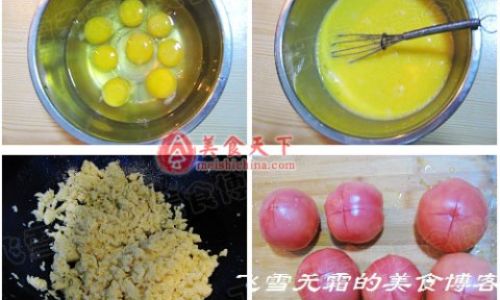
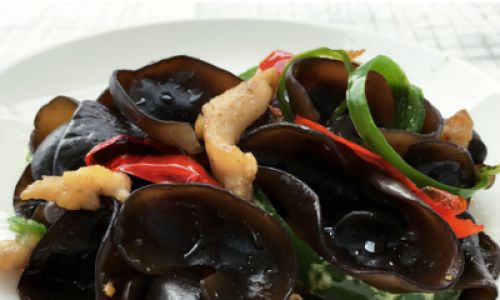
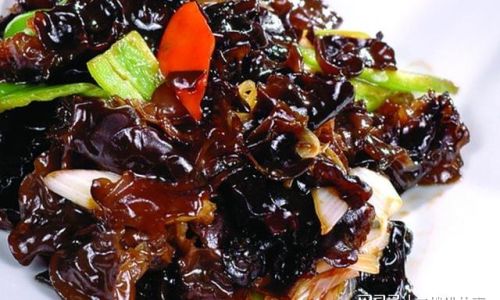
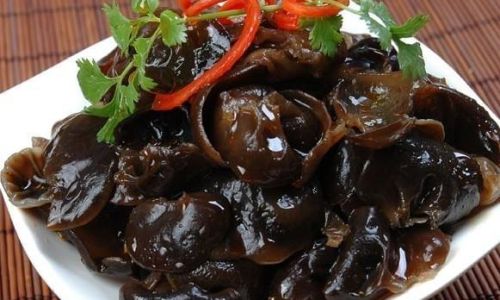
0 comments